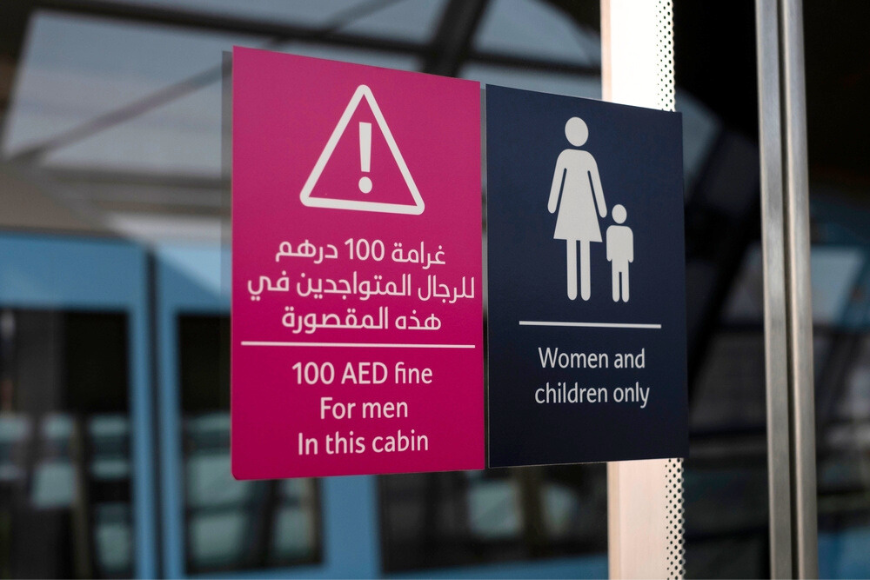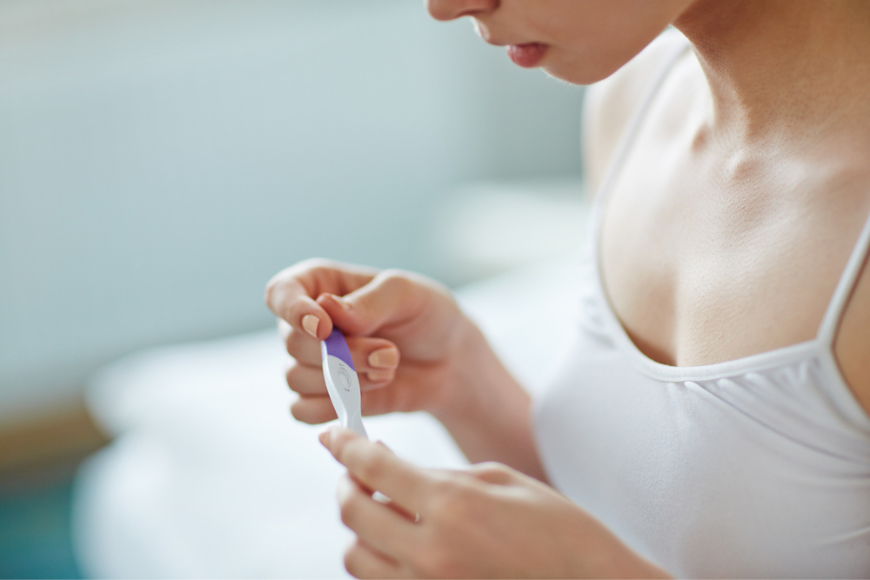Got a birthmark? Do your skin a favour, and read this dermatologist-approved guide on birthmarks and birthmark treatments in Dubai

A guide to birthmark treatments in Dubai.
Interested to finally get rid of your birthmarks? Worried about the moles that are changing shape on your skin? Can't tell the difference between a run-of-the-mill spot that can you rock with pride, versus a concerning birthmark? This one’s for you.
We called on the skin and beauty experts at Dr. Kamil Al Rustom Skin and Laser Centre for their insight into birthmarks.
Read on for a thorough guide on birthmarks, birthmark concerns, and the birthmark treatments available in Dubai that will help bid them goodbye.
What are birthmarks?
Birthmarks are coloured marks on the skin that a baby can develop at birth or during the first few weeks of life. They’re usually non-cancerous.
They can occur anywhere on the face or body and vary in colour, size, appearance, area, and shape. Some birthmarks are permanent and may get larger over time, while some can fade with years.

What causes birthmarks?
Wondering what are the causes of birthmarks?
Well, the main reason for the formation of birthmarks is unknown. Birthmarks do not arise from what a pregnant woman does or doesn’t do during her pregnancy.
Types of birthmarks
There are two main types of birthmarks: pigmented birthmarks and vascular (red) birthmarks.
Pigmented birthmarks
Pigmented birthmarks are caused by an overgrowth of the cells that produce colour in our skin. Most pigmented birthmarks cause no health problems, some pigmented birthmarks can be removed, and others should be monitored over a lifetime.
There are three types of pigmented birthmarks:
- Moles
- Café-au-lait spots
- Mongolian spots
Moles range in colour from pink to light brown or black. They vary in size and may be flat or raised. They’re typically round in shape. Moles can occur anywhere on your face or body. Some moles fade away but others last for life. A change in a mole may sometimes be linked to skin cancer.
Café au lait spots (meaning "coffee with milk" in French) are birthmarks that are somewhat oval in shape and usually have a light brown colour. This type of birthmark may occur at any time from birth through early childhood. They may become larger in size but often fade.
Mongolian blue spots are flat, bluish-grey spots that mostly occur in people with naturally dark skin. This type of birthmark resembles a bruise.

Vascular birthmarks
Vascular (red) birthmarks are caused by abnormal growth or formation of blood vessels and vessel cells.
Common types of vascular birthmarks are:
Salmon patch (nevus simplex). This is a flat patch of pink or red skin, often small, usually with not clearly defined borders. Often occur in the area between the eyes, eyelids, or on the back of the neck.
They are more noticeable during crying or changes in temperature. Salmon patches sometimes fade in colour and don’t require medical treatment.
Hemangioma (cherry or strawberry hemangiomas) is a raised bright red spot, often small, usually soft and compressible, with well-defined borders.
It occurs most commonly on the face, scalp, chest or back. It may be present at birth but more often appears during the first month of life. While many hemangiomas will become less noticeable over time, some may grow quite rapidly.
In some cases the fast-growing hemangiomas require medical removal to ensure that they don’t interfere with a child’s vision or breathing. Usually there is only one mark, but some children may have more than one, particularly if they are part of a multiple birth.
Port wine stains are caused by the abnormal formation of small blood vessels under the skin. The name port-wine stain comes from the color of the birthmark, which ranges from light pink to a dark red color.
They can occur anywhere on the body, but are common on the face and neck. They do not fade over time and may become darker if left untreated. The skin can also become very dry, thick, or have a flaky texture.

Available treatment for birthmarks in Dubai
Most birthmarks are harmless and don’t require removal. But some of them cause discomfort and can be removed for aesthetic reasons.
Other types of birthmarks, such as hemangiomas or moles, can lead to an increased risk of certain diseases, such as skin cancer. These birthmarks should be monitored by a dermatologist and removed, if required.
Laser treatment for birthmarks in Dubai
Laser therapy can remove or significantly lighten birthmarks, thus making them less visible.
Dr. Kamil Al Rustom Skin & Laser Centre offers Pulse Dye Laser (PDL) to treat vascular birthmarks.
Laser therapy may be most successful for babies, older children and adults. To lighten the marks or remove completely, you might need several treatments.
Laser treatments can be uncomfortable and require a local anesthetic. This kind of laser treatment produces temporary results.
Surgical removal for birthmarks in Dubai
Some birthmarks may require surgical removal. These include moles and very deep hemangiomas which might damage the healthy tissue surrounding them.
If you are looking for an effective, safe removal of birthmarks, just contact Dr. Kamil Al Rustom Skin & Laser Centre, and get a FREE complimentary consultation with the best dermatologist in Dubai.
You might also be interested in...
- Mole Removal in Dubai: When Should You See a Dermatologist?
- Hyperpigmentation in Dubai: How to Treat It With Amelan Peel
- What Is Melasma (Chloasma or Mask of Pregnancy)?
- How to Choose the Right Sunscreen For Your Skin in Dubai
- Acne Scars Treatment: RF Microneedling in Dubai
- Chemical Peels in Dubai: Got Questions? We Have the Answers
- What Is Your Skin Concern? 5 Common Skin Problems and How to Address Them




.png?itok=9iSFSUVe)






















































































![We Tried [u]bk's Lively Garden Brunch at Mövenpick JLT Dubai We Tried [u]bk's Lively Garden Brunch at Mövenpick JLT Dubai](https://cdnexpatwomanfood.expatwoman.com/s3fs-public/urban%20bar%20and%20kitchen%20brunch%20main.png)








.png?itok=EH_x0Pha)















.png?itok=uG7a7Se_)















